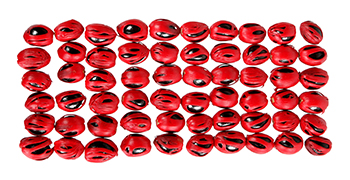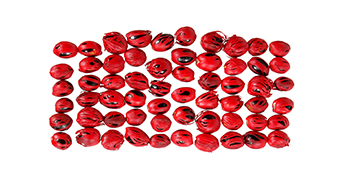Welcome to Kochukudy nutmeg nursery
About Nutmeg
Nutmeg is an evergreen tree, which grows to a height Of 60 feet. The tree yields two spices - the dark coloured nut and the bright red mace that covers it. The tree originally from Indonesia, thrives in warm, humid conditions with abundant rainfall - 150 cm and more. It grows well on clay loam, sandy loam and red laterite soils, up to an altitude of 1300m above the sea level. The tree cannot withstand heat and needs the cover of shady trees. Water logged conditions also inhibit its growth, and so does wind. This makes it an ideal intercrop in coconut, clove, coffee or arecanut plantations.
Nutmeg trees start flowering in the third year, and are thought to reach their peak yield in 20 years. The yield varies from tree to tree with the average yield being around 1500 nuts /tree/year and 1- 1.5kg dry mace/tree/year. But there are high yielding varieties that yield up to 10,000 nuts a year. The trees will continue to produce fruit until the 90th year or more.
Nutmeg and mace contain many chemical compounds that are known to have anti¬oxidant, disease-preventing, and health-promoting properties. The nut contains trirnyristin and many essential volatile oils. Nutmeg also has many therapeutic applications in many traditional medicines for its anti-fungal, anti-depressant, aphrodisiac, digestive, and carminative properties.




